A Comprehensive Guide to Nalpamaradi Thailam: Uses, Rituals, Benefits, and Side Effects
| Estimated Reading Time: 7 minutes |
Looks like the little ritual we started has been going well. We wrapped up last time with the promise that there was more to Nalpamaradi Thailam’s story than just history and ingredients. Well, here it is!
Since we’ve already convinced you with our last blog (I hope we have) about why you should use Nalpamaradi Thailam, it’s time to address the “How”. We won’t just talk about how to use it but also address your “what if” qualms. If you’re the kind of person who Googles “side effects” rather than “benefits” before using any product (like me), don’t worry; we've got something for you, too!
Because, in all fairness, all of us have been there. Something hailed as the “holy grail of skincare” turning into a greased-up horror show… Yikes! But don’t start overthinking Nalpamaradi Thailam just yet. Sometimes, it’s not the oil but how you’re using it. Let’s break it all down, without breaking you out.

Ingredient Breakdown and What Might Be Breaking You Out
(Not that anyone asked, but) It is my opinion that Nalpamaradi Thailam is like a 90s Bollywood hero: dramatic, powerful, and not for the faint-hearted (don’t be scared already; let me explain, please). The main star is turmeric (obviously). It is anti-inflammatory and brightening and tackles hyperpigmentation, sun damage, and dullness. When this main star is paired with sesame oil, which is a heavy and often comedogenic base, the magic formula becomes a disastrous duo for oily or acne-prone skin.
“But isn’t sesame oil supposed to be beneficial…?” Yes. It is deeply penetrating and intensely nourishing… but it also may clog your pores.
If your skin is already struggling to balance excess sebum, sesame oil may make it worse. When it comes to people with sensitive skin, it’s not just about what’s inside the bottle; it’s about how your skin reacts to what’s inside the bottle. That makes all the difference.
The Benefits That Made It Famous (and Why It’s Worth the Trouble)
It’s time to learn why Nalpamaradi famously came to be known as the golden child of Ayurveda.
This oil is a powerhouse of skin-healing benefits, especially when used with the right technique and expectations. Here’s what it can do when it vibes with your skin:
-
Brightens dull skin: Thanks to turmeric and vetiver, it helps fade pigmentation, sun spots, and post-acne marks over time.
-
Evens out skin tone: Regular use on tanned or patchy skin can restore balance, especially on body areas like arms, neck, and back.
-
Supports wound healing: Manjistha and sesame oil together help reduce inflammation and accelerate skin recovery.
-
Fades body tan: It’s a go-to in pre-bridal routines for that slow, natural de-tanning effect.
-
Promotes lymphatic flow: When used in massage (Abhyanga), it helps stimulate circulation and release toxins. More on that later in the guide.
-
Soothes inflamed skin: For dry, irritated patches, it can bring a calming effect when used diluted and mindfully.
So yes, the benefits are very real. But like any potent treatment, they come with a learning curve, but that’s what the rest of this guide is here for!

Face vs Body: Which Is It More Suitable For?
Here comes the plot twist—or a googly, if you’re a cricket fan: your body might love what your face resents.
Be it back acne, strawberry legs, or wrinkles on your elbows, Nalpamaradi Thailam works wonders on each and more! It acts as a gentle exfoliator and accelerates the skin renewal process.
Apply the oil generously over your arms, legs, or back and leave it on for 30 minutes before a warm bath. Consistent practice of this would lead to reduced sun spots, uneven tone, and keratosis pilaris (those tiny ANNOYING bumps on your arms).
But your face? Uhm…
The facial skin is much thinner, has more sebaceous glands, and is far more sensitive. Applying a strong, turmeric-rich oil, without proper prep, can trigger congestion, especially in the T-zone (forehead, nose, and chin). That is exactly why a strategic approach (dilution, patch test, and area-specific use) is the key to it.
Do you know this hidden fact about Nalpamaradi Thailam uses?
Hidden for generations in the tucked-away manuscripts of traditional healers, a lesser-spoken legend states that nalpamaradi thailam formerly served as a hidden "moonlight mask" in ancient Kerala, used solely on new moon nights to amp up its restorative potential. Gentle exfoliating, mild scar softening, and balancing uneven pigmentation are some of the whispering applications of nalpamaradi thailam beneath the moonlight. Among the several nalpamaradi thailam benefits, this ceremonial application is supposed to activate the skin's deep repair processes and provide a gentle, milky glow by daylight. When carefully dabbed as nalpamaradi oil for face, especially in diluted form and during cooler hours, it is claimed to harmonize the skin's luminosity and leave behind a delicate.
Skincare Layering & Timing: Making It Work in Your Routine
Another common mistake made by people? Applying Nalpamaradi after hyaluronic acid and before sunscreen. s i g h ! This oil needs space and silence (like me after a long day of work).
AM Routine?
Best avoided. Too greasy. Too yellow. Too likely to turn your elegant white outfit into a bin-mausam-ki-Holi scene.
PM Routine:
Use Nalpamaradi Thailam as the final step in your nighttime skincare, but only after giving your actives some breathing room. Here’s a sample layering breakdown:
-
Cleanser: Gel-based or micellar water to remove impurities.
-
Hydrating toner: Optional, but helps prep your skin.
-
Serum: Niacinamide or peptides (avoid AHAs/BHAs/retinol).
-
Moisturiser (if needed): Use a light, non-comedogenic one.
-
Nalpamaradi Thailam: Apply 3-4 drops, warm in hands, and press onto the skin.
Give it 20–30 minutes to absorb before bedtime. Or, alternatively, wash it off after the wait. Whatever works for you!
What not to do: Mixing it with vitamin C or exfoliating acids. These combinations can inflame your skin or even cancel out the benefits of both products altogether.
The Art of Dilution: Taming the Potency for Sensitive Skin
Now, I want you to think of Nalpamaradi like espresso. Some like it neat; others prefer it with a little milk and a prayer.

Mixing it with coconut, almond, or jojoba oil can dramatically reduce the chance of breakouts. When using it on your face, a 1:2 ratio (one part Nalpamaradi, two parts carrier oil) is a safe place to start. For extremely sensitive skin, a 1:3 ratio works even better.
This trick not only prevents irritation but also helps the product spread more evenly and absorb better. Bonus: It tones down the bright yellow stain turmeric is famous for. (You’re welcome, pillowcases).
Abhyanga Ritual: Using Nalpamaradi for Self-Massage
Other than skincare, Nalpamaradi is also popularly used in traditional Abhyanga (self-massage). (Hello? Marvel Multiverse, who???) This oil becomes a full-body glow ritual. Here’s how:
-
Morning or Night: Either works, but it should be followed with a warm shower.
-
Pre-Oiling: Dry brushing or light exfoliation.
-
Massage Flow: Start at the feet and move upwards with long, firm strokes. Pay extra attention to joints and dry patches.
-
Steam Bonus: Sit in a warm room or use a hot towel for better absorption.
This practice is especially helpful if you’re looking to detox or calm your nerves. Many users have reported improvements in skin texture, mood, and even sleep quality over a few weeks of regular use.

Just don’t forget to rinse off properly, or you’ll stain everything. Seriously, this oil will haunt your bathroom tiles if left unchecked.
What Not to Do (Seriously, Please Don’t)
We get it; you’re excited. But slow down! Here’s what to absolutely avoid:
-
Overusing on the face: More is not more.
-
Leaving it on overnight without testing: Always do a short test run first (I beg you).
-
Using it after actives like retinol, AHA, or BHA: These combos are a no-go.
-
Skipping the patch test: A simple dab on your jawline can save you from a full-face freakout and a visit to your dermatologist.
Most importantly: Please don’t expect Nalpamaradi to perform miracles on day one. It’s a ritual, not a quick fix.
When to Push Through and When to Stop
Once you start using Nalpamaradi Thailam, you might see some side effects after the first few uses. No need to panic yet. Sometimes it can trigger mild purging for new users, especially those who are not used to oil-based treatments.
Now, I’m no “certified” expert, but you can surely use the below-mentioned checklist to decide whether to push through or stop.
Push through if:
-
The breakouts are small, uniform, and clear up in 5–10 days.
-
Your skin feels balanced otherwise.
-
You’re using the oil on your body and seeing visible results.
Stop immediately if:
-
Breakouts are cystic, painful, or spreading.
-
There’s redness, itching, or burning.
-
Your skin barrier feels compromised.
Sometimes it’s not the oil; it’s how your skin is already doing. And in case you’re using multiple new products, it becomes harder to identify the culprit. Stick to basics. Try experimenting with one product at a time. Give them time to become a part of your routine, and then try other new products.

Weekly Plan: A Gentle Reset for Cautious Users
Once bitten, twice shy? We get it. We have addressed that worry as well! You can try out this sample plan if you’ve been affected by Nalpamaradi Thailam’s side effects and are trying to cautiously reintroduce it in your routine:
Week 1:
-
Apply diluted oil on arms and legs only (twice a week)
-
Avoid using it on the face
Week 2:
-
Increase to thrice-a-week body use
-
Spot test on face with a diluted blend; rinse after 15 minutes
Week 3:
-
Try a full-face application at night (once a week)
-
Use with barrier-supporting products on off days
Week 4+:
-
Continue if there’s no irritation
-
Increase the frequency only if your skin is able to tolerate it
Remember, skincare is not a sprint. It’s a slow, deliberate walk toward something that feels good and works well.
Conclusion: Don’t Ditch It; Fix It First
If Nalpamaradi Thailam gave you a fright, don’t ghost it just yet. Sometimes a breakout is just a cry for a little dilution, better timing, or smarter layering. Ayurveda doesn’t rush, and neither should you.
And if it still doesn’t vibe with your skin? That’s okay too! Skincare should feel like a ritual, not a punishment. You’re not failing Ayurvedic skincare. You’re just learning what works for you.
Try again, gently. Or try something else, mindfully.
Either way, we’re rooting for your glow-up.
That’s all the oil-spill wisdom from your neighbourhood Nalpamaradi narrator for today! See you soon for another skin (or soul) story. Until then, patch test like your peace depends on it, because sometimes, it actually does.
Recommended Products by Blue Nectar:
Nalpamaradi Thailam for Skin Brightening With Turmeric
Balalakashadi Jasmine Bath & Body Massage Oil | Skin Hydration & Relaxation
Shubhr Kumkumadi Skin Glow Oil | Body Polishing & Nourishing
Niraa Stretch Mark & Scar Body Lotion Cream with Cocoa Butter, Shea Butter & Uplifting Rose
Related Articles:
History of Nalpamaradi Thailam
Nalpamaradi Thailam Ingredients 101: Nerd Edition
References:
5 things you didn't know about Ayurvedic skin illuminator Nalpamaradi Thailam


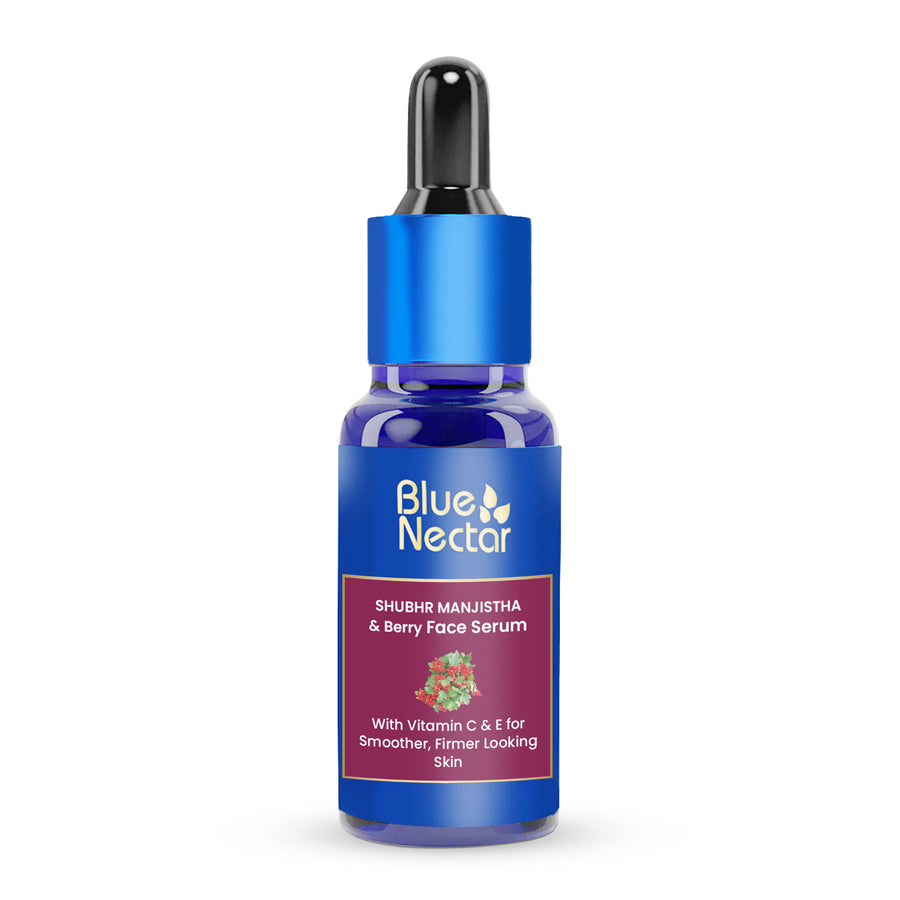

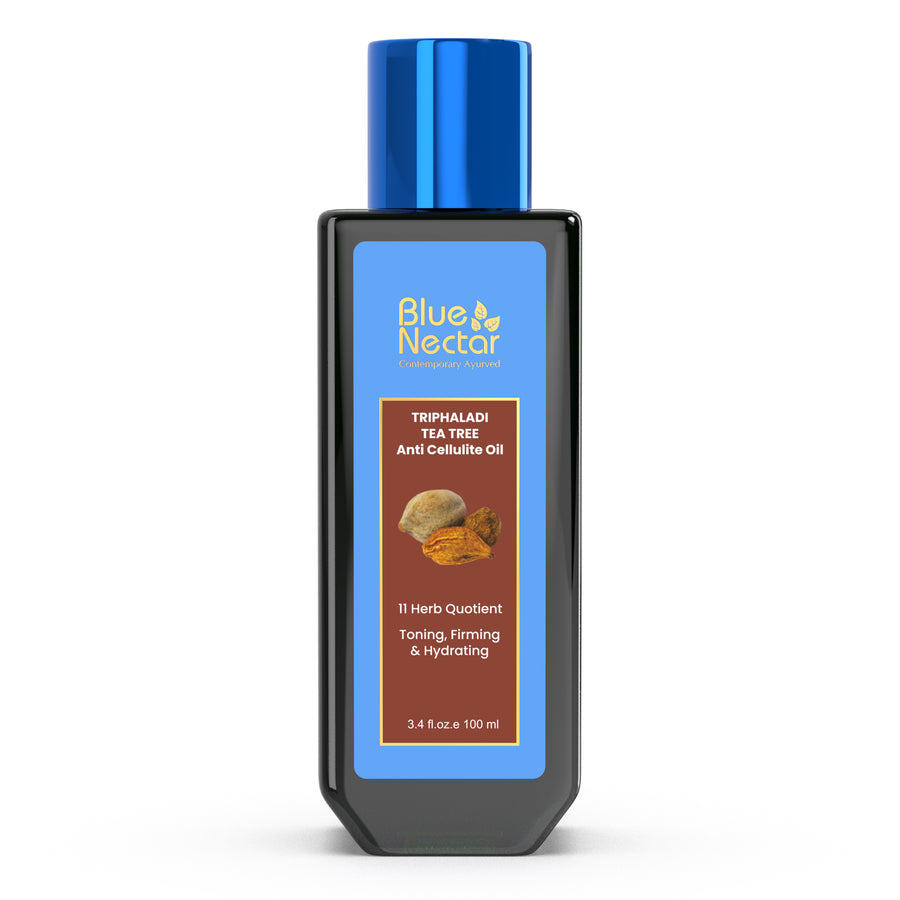
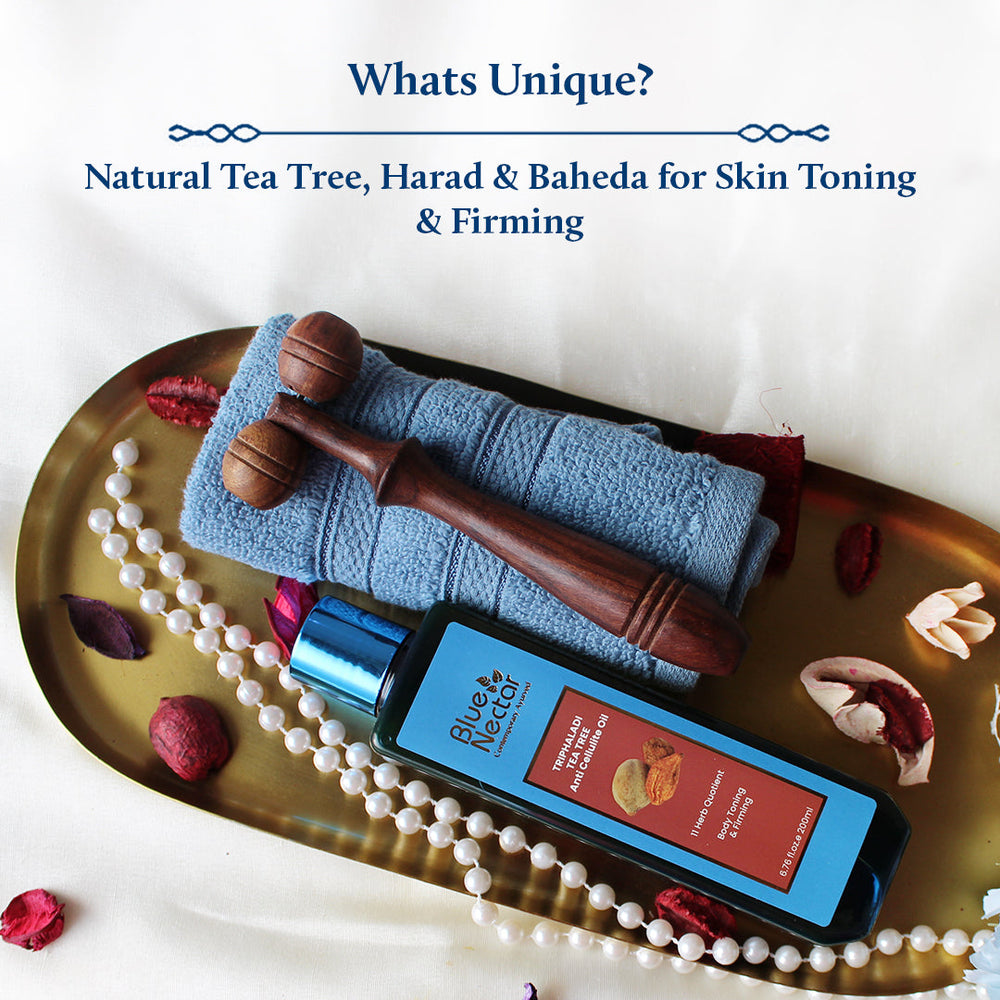
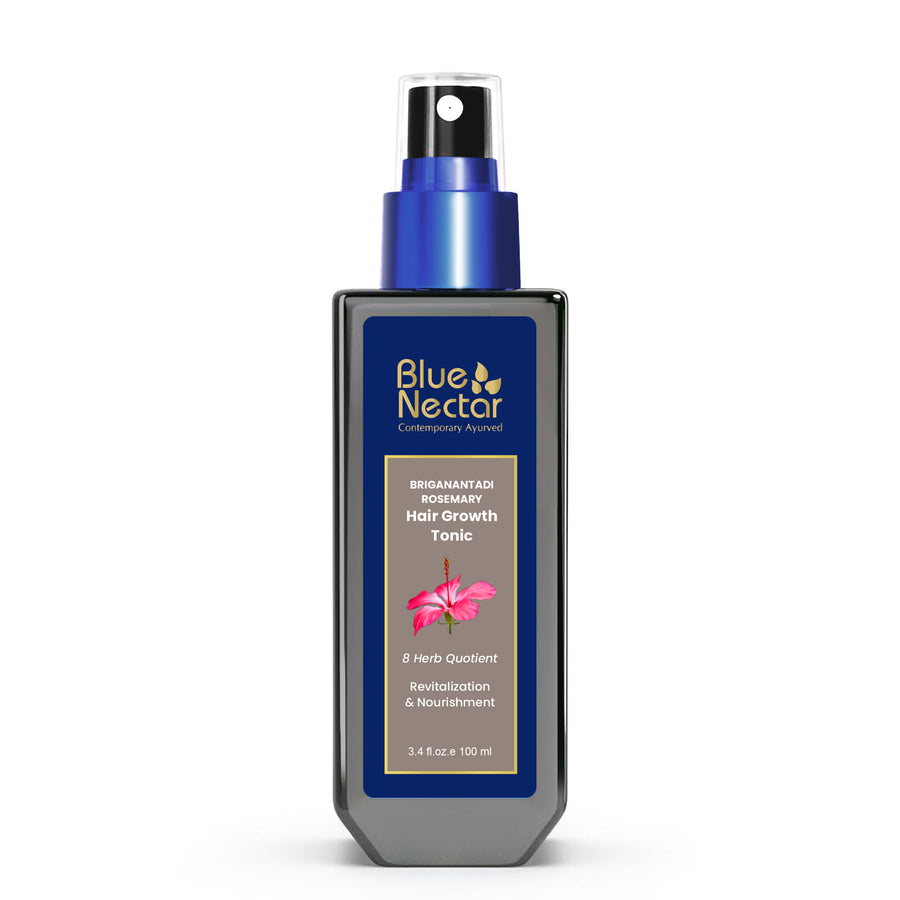
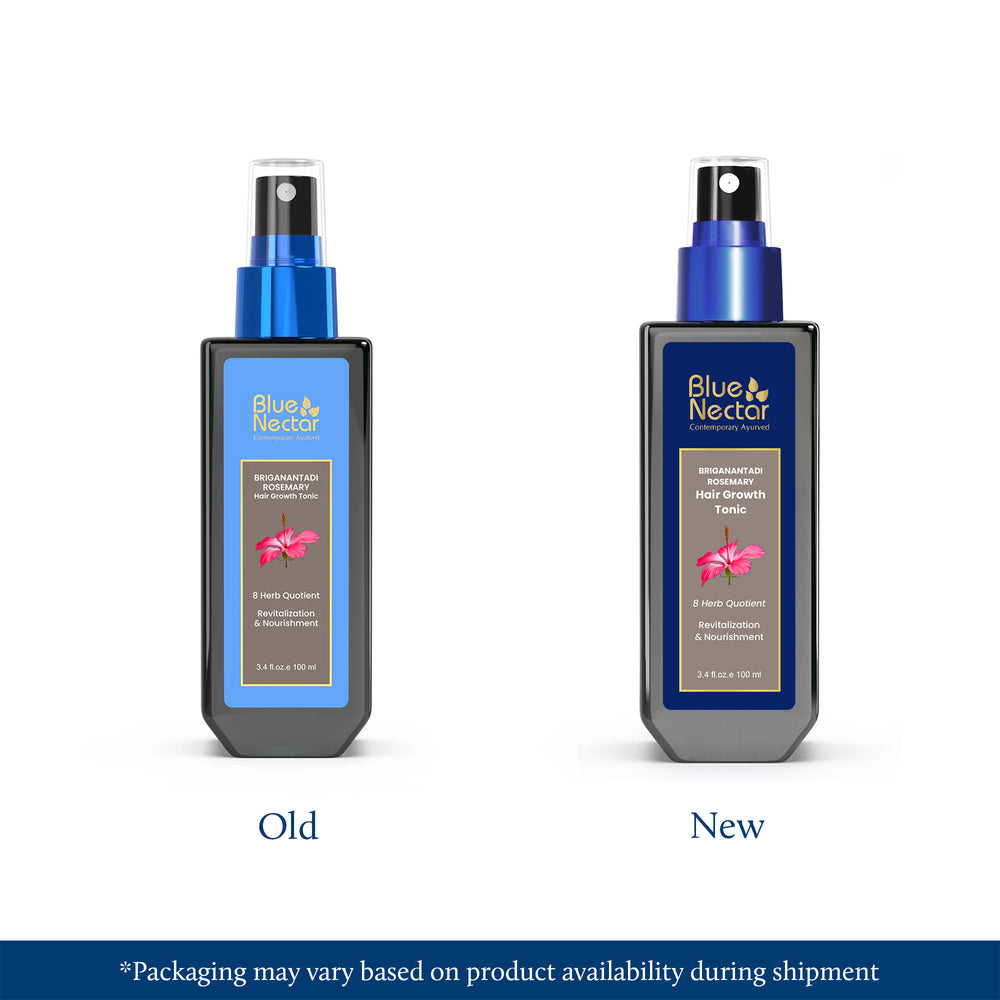
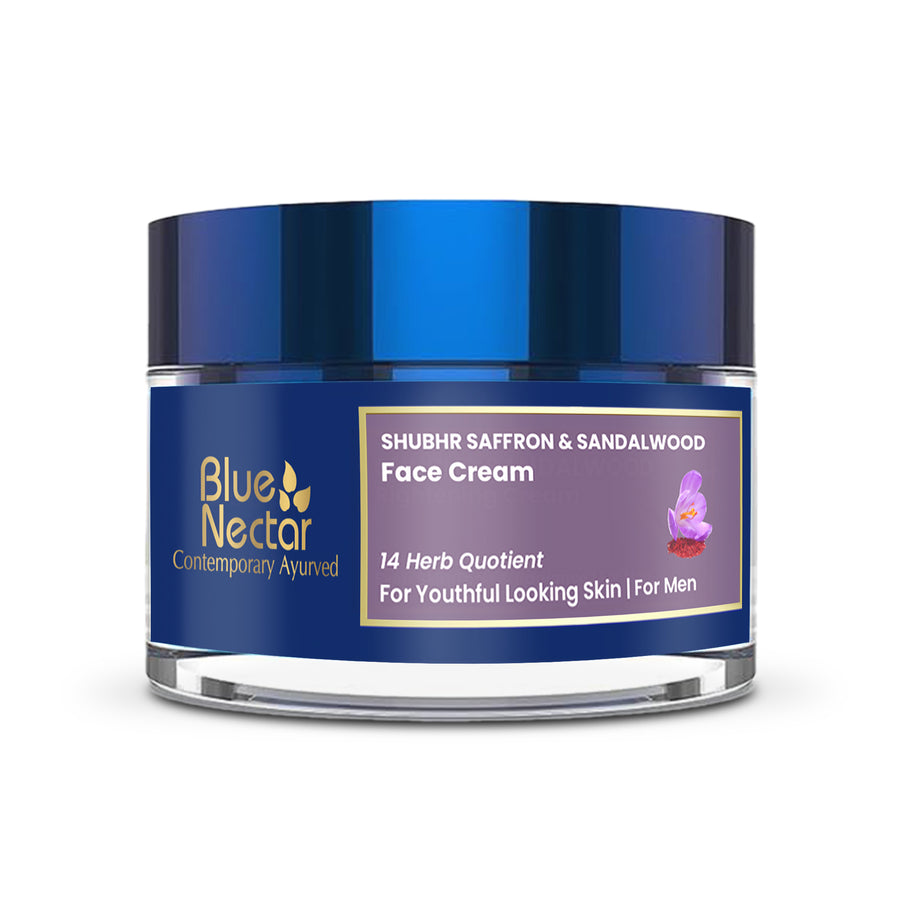
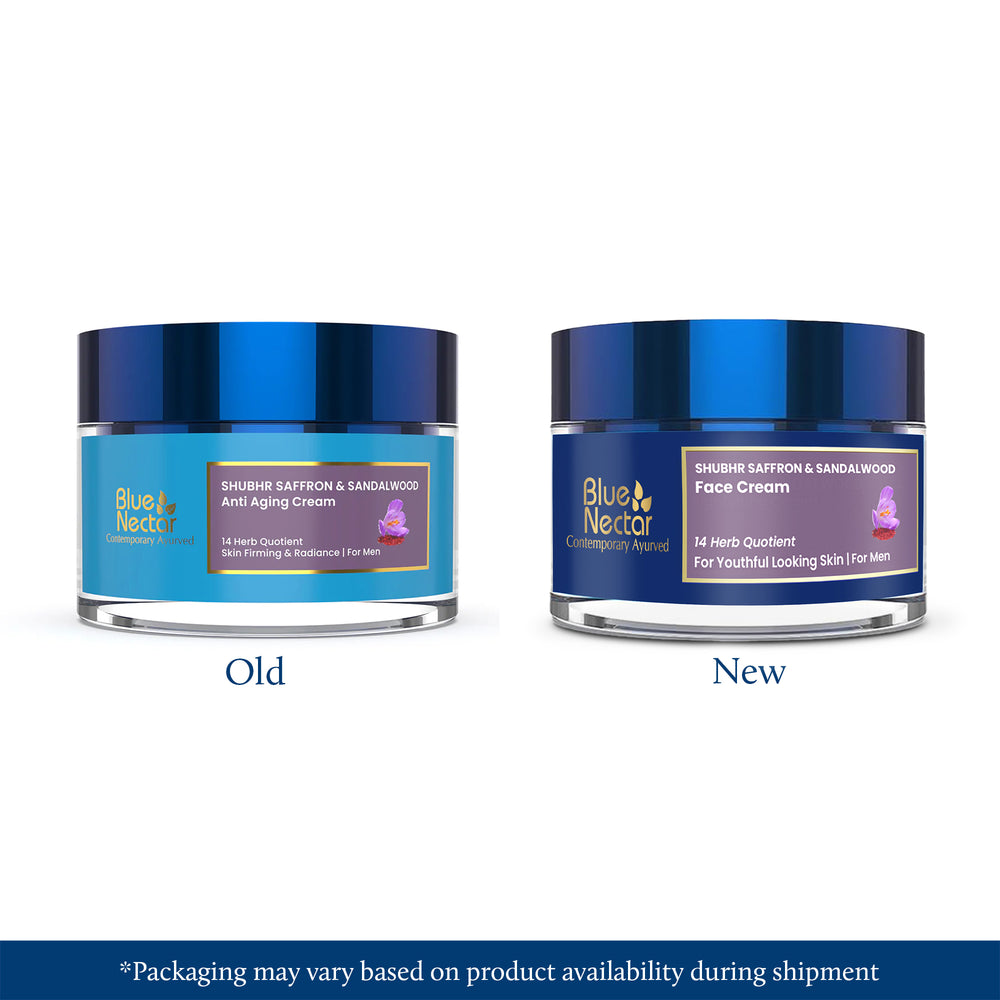


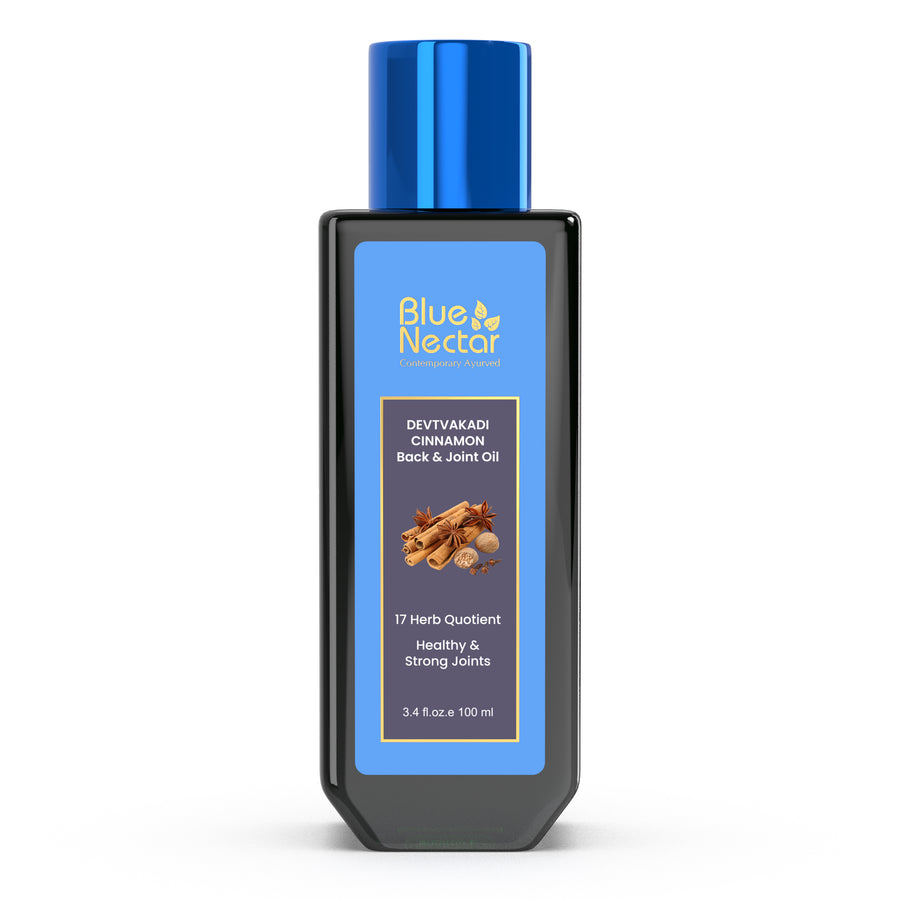
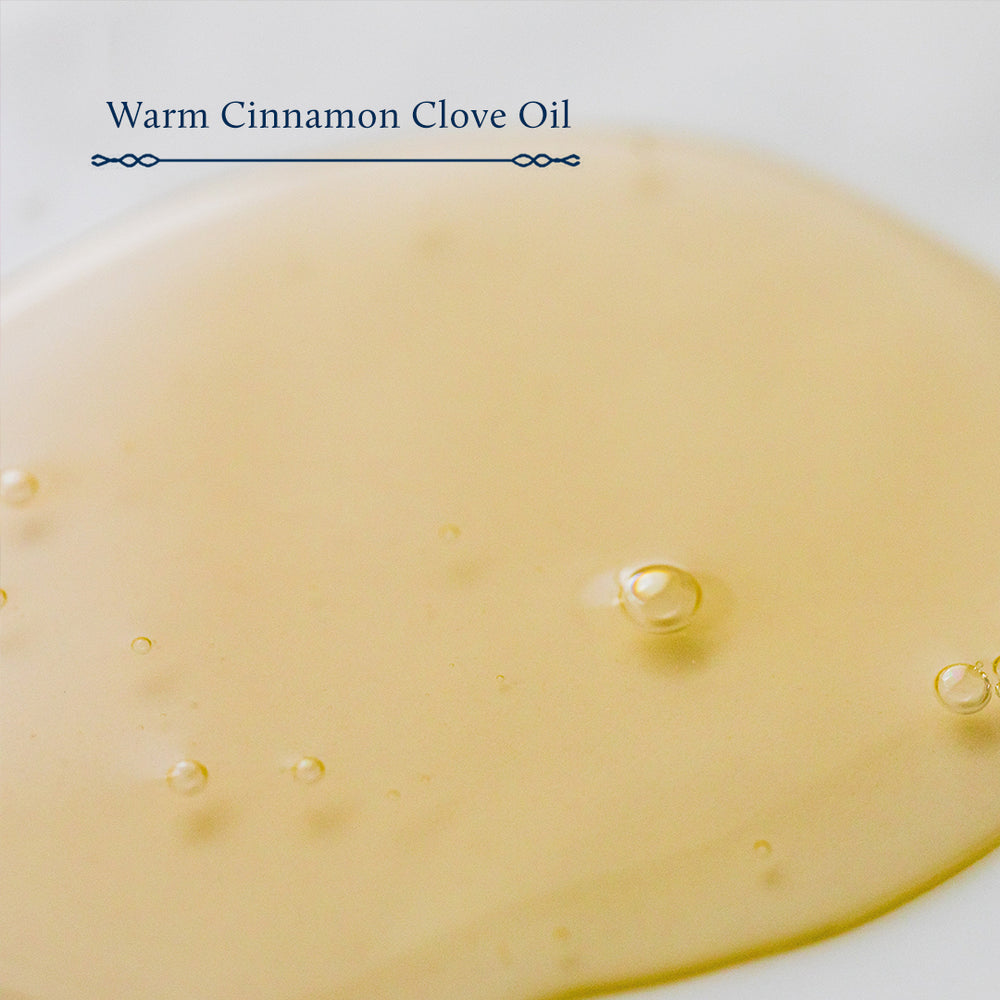


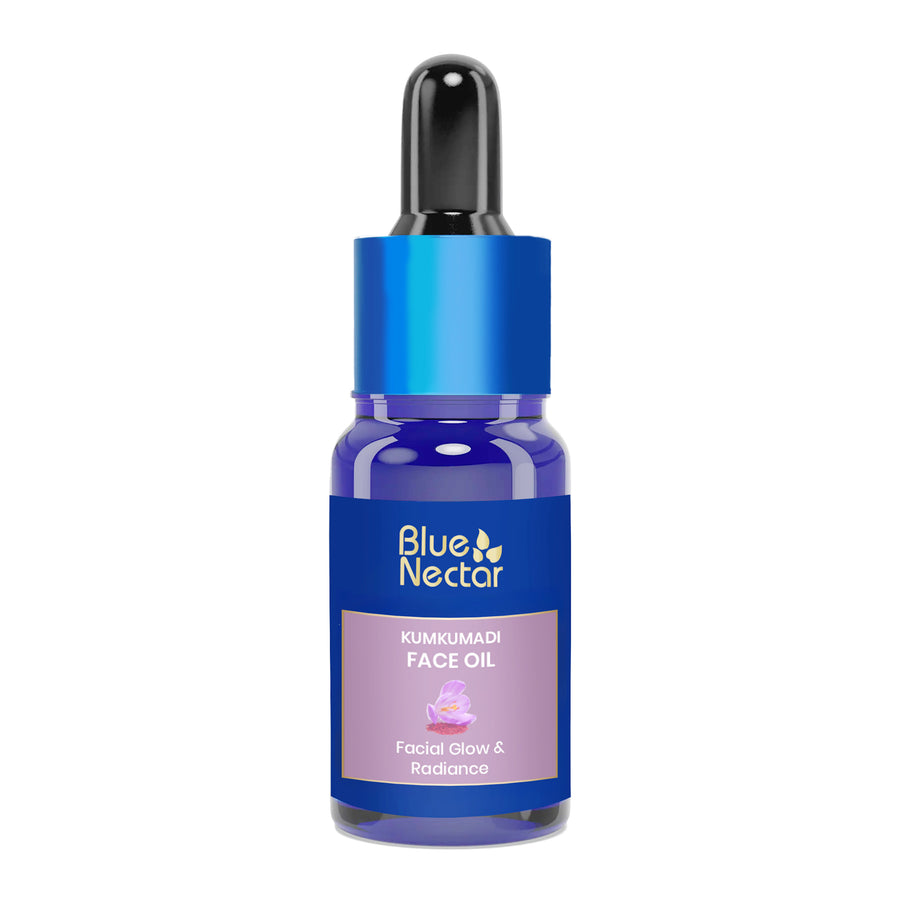
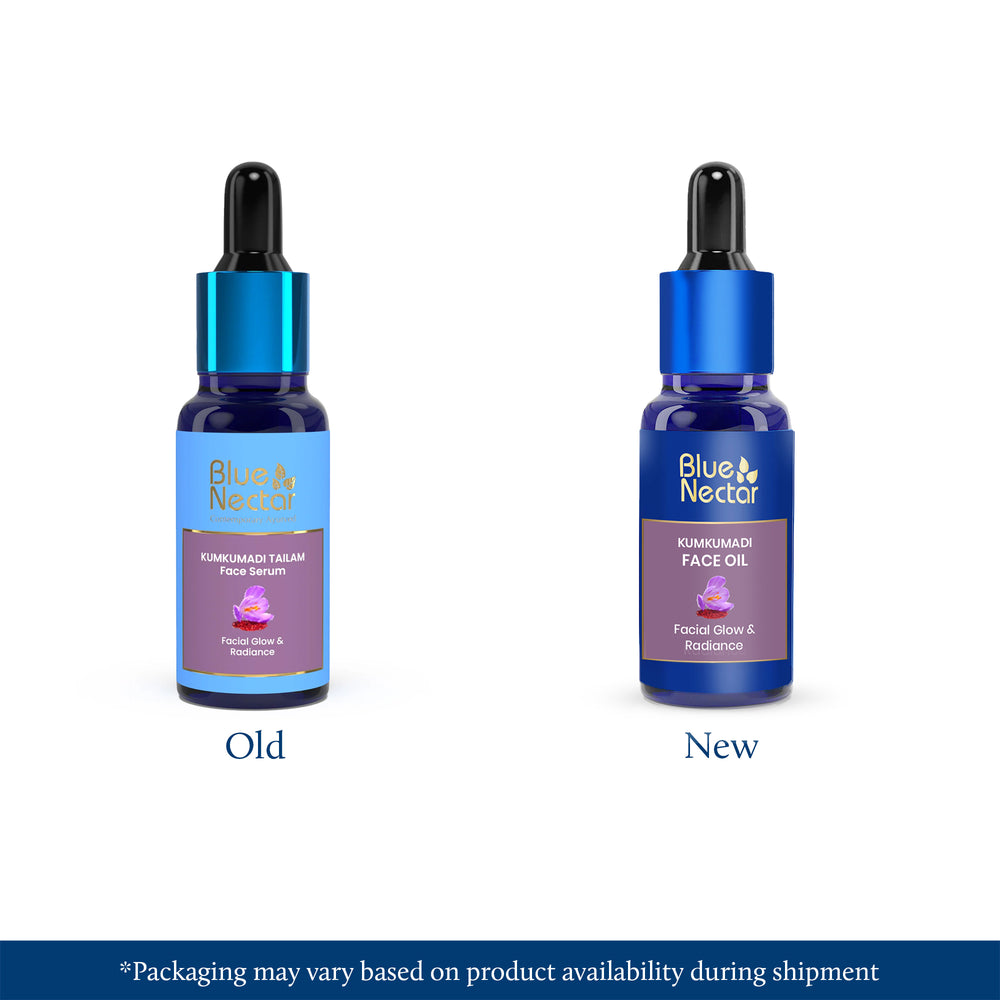
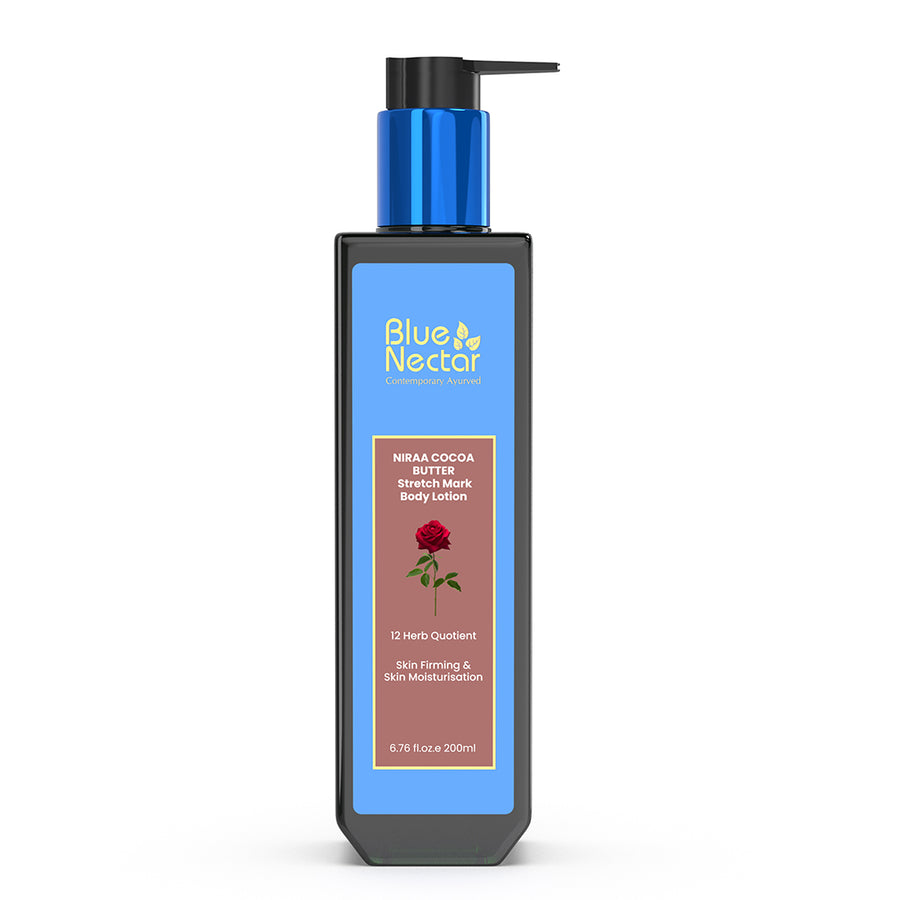
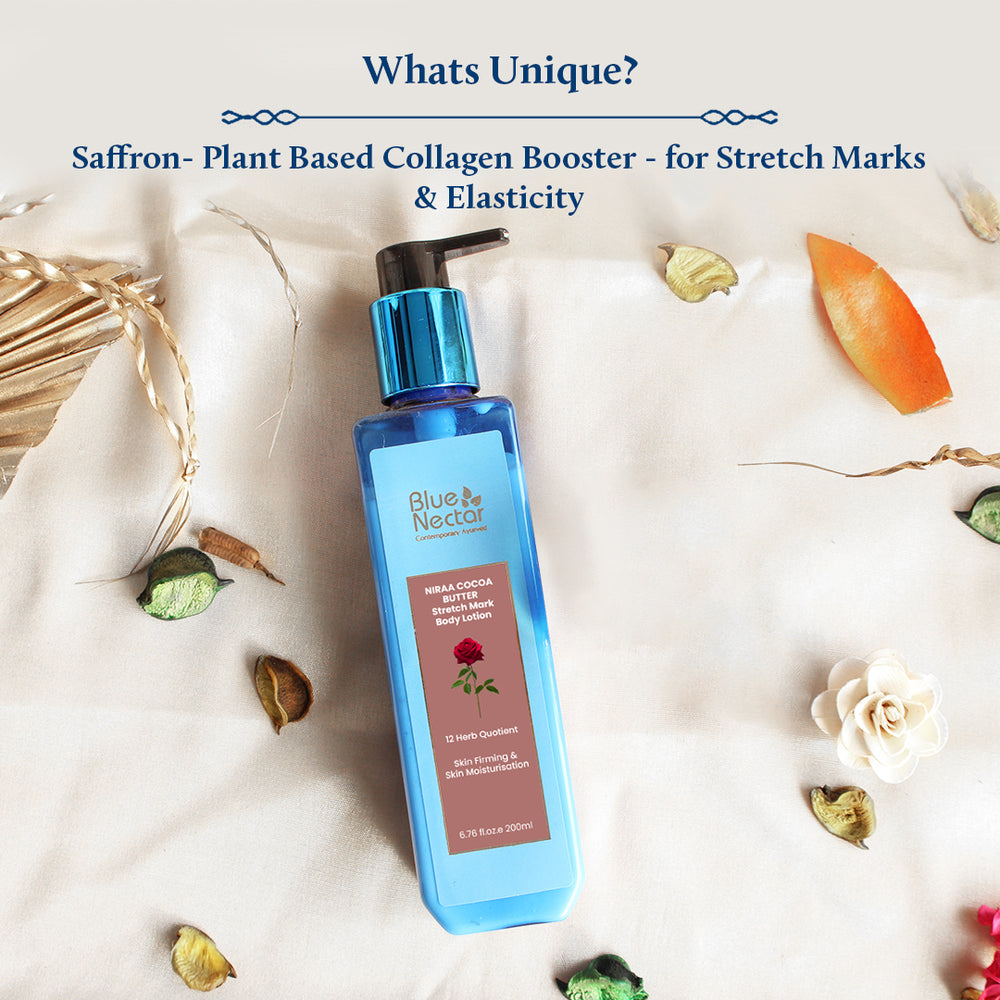
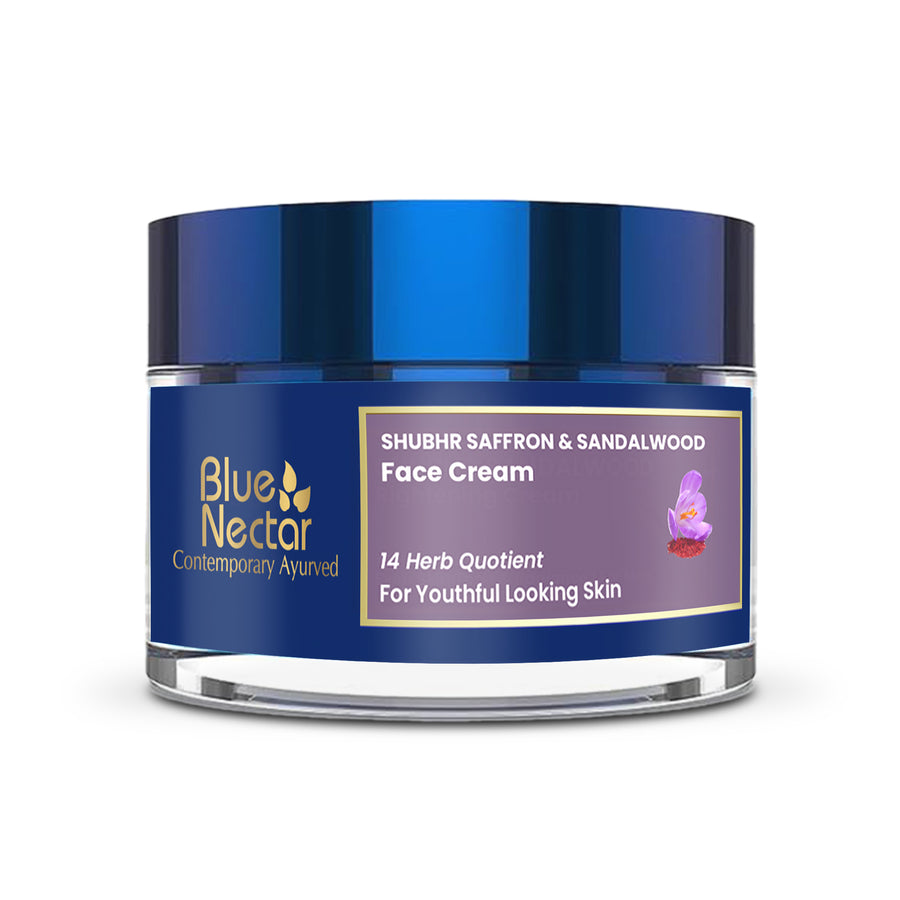
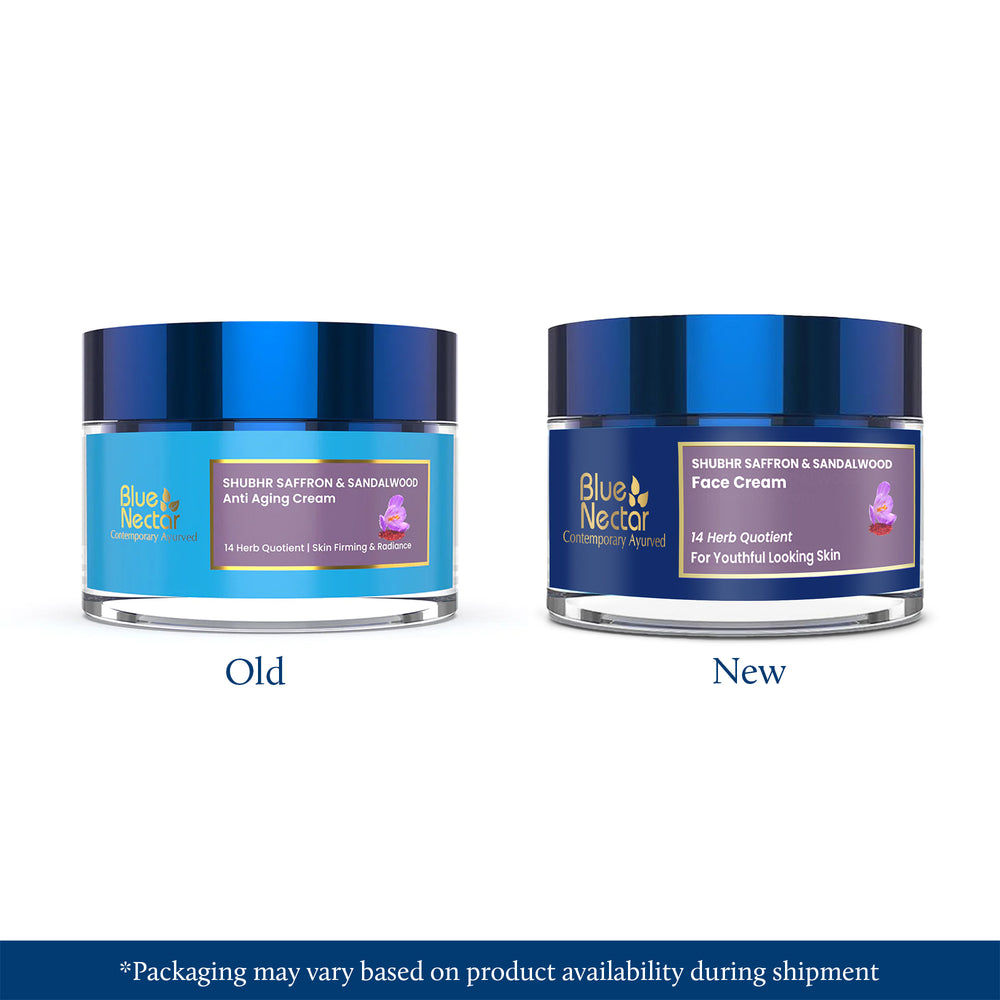
I have dark elbows and was wondering if this oil can help brighten them. If yes, how long does it usually take to see results?
Is it safe to use Nalpamaradi oil on sensitive or acne-prone skin?
I love how this post educates about traditional beauty rituals while making them so easy to follow. Truly helpful!
I’m switching from chemical-based serums to Nalpamaradi Thailam after reading this blog. Thank you for spreading awareness about Ayurvedic solutions!
Thank you for this informative piece on Nalpamaradi Thailam. It’s encouraging to learn about its benefits.
Leave a comment